Every year on the first Monday in May, the Met Gala captures both imaginations and the news cycle. Celebrities of all stripes take to the Metropolitan Museum of Art for their annual fundraising fête benefitting The Costume Institute while showcasing opulent ensembles that embody each year’s theme.
This year’s theme, “Superfine: Tailoring Black Style,” was based on a book of the same name by scholar Monica L. Miller, which focused on “a cultural and historical examination of Black style over three hundred years through the concept of dandyism,” the Met shared. “Superfine” became “the first exhibition to focus on designers of color and only the second show dedicated to menswear,” The Hollywood Reporter wrote. And while the gorgeous styles on view as guests arrived were feats of fashion innovation, the best part was learning the stories behind them and the way they honored the legacy of Black style and design.
For example, several guests arrived embodying the style of legendary cabaret artist and performer Josephine Baker. The lauded performer became the toast of Paris from the time she arrived in the City of Lights from the United States in the 1920s, and was eventually so beloved she was known as “La Baker.” More importantly, though, she was an early 20th-century symbol of what Black women’s autonomy could look like, something she exercised not just as a civil rights activist but through the way she dressed, as CR Fashion Book writes.
Wearing an ensemble created by fashion designer Grace Wales Bonner, singer and actress FKA Twigs wore a bejeweled, 1920s-style gown with feather trim and feathered wrap that was explicitly inspired by Baker. As Twigs told Vogue, in Baker’s spirit, there was “space for glory and outrage, and that, I think, is what being a dandy is all about: Having the confidence to stand there and trigger and enlighten and confuse and amaze through style. There is no diamond that could have outshone the one inside Josephine’s chest.”
Rapper Megan Thee Stallion also wore a ponytail inspired by Baker, chronicled upon Baker's appearance in Cuba in 1951; the rest of Megan’s look, by Michael Kors, was of a similarly 1950s glamour that Baker exuded.
Fashion historian Cassidy Zachary of the Dressed podcast also documented several looks of the night on her Instagram, sharing their relationship to fashion history, some of which are below.
Model Gigi Hadid appeared in a Miu Miu gown resembling one that Josephine Baker had worn, but the ensemble was actually a salute to the Black designer Zelda Wynn Valdes, according to Zachary. Valdes was “a designer beloved by sirens of the stage and screen. She was a true maestro of cut and fit with gowns that clung to the wearer’s curves like a second skin,” Zachary wrote. Hadid also discussed Valdes’s influence with Vogue Australia upon arriving, sharing that Valdes “grew up working in her uncle's men's tailoring shop, and really brought that to her own dressmaking shop in Washington Heights,” when she opened it in 1948. “She really took the art of tailoring that she learned and applied it to the female form.”
Actress Jodie Turner-Smith’s Burberry ensemble was inspired by a Black British equestrian named Selika Lazevski, “who lived during the Belle Époque in Paris and was photographed by Paul Nader in 1891,” as Burberry shared, according to Town & Country. Selika’s biography is much more of a mystery, however. As scholar Susanna Forrest wrote in The Paris Review, she had been looking for solid information about Lazevski for years, finding only semblances of facts. Among them, she writes, is that Lazevski “was a horsewoman who rode haute école [an “equestrian ballet”]—the most prestigious role for a female performer—at the fashionable Nouveau Cirque on the rue Saint-Honoré.” If this were true, she would have been “among the first women to undertake this most masculine and prestigious of equestrian sports as professionals,” Forrest continues. Turner-Smith embodying Lazevksi at the Met Gala gives Lazevksi an ongoing voice and presence.
Singer and actress Teyana Taylor worked with Oscar-winning costume designer Ruth E. Carter (Malcolm X, Black Panther, Amistad) to create an ensemble that incorporated several layers of Black fashion history, from the 19th century to the 1930s to the present. For starters, Taylor carried a whiskey stick, a walking stick often carried by 19th-century gentlemen that sometimes could be filled with a swig of liquor. Carter also created a zoot suit for Taylor, which was a suit reflective of Black and Latino culture in the 1930s and 1940s.
“With its super-sized shoulder pads, sprawling lapels and peg leg pants, the zoot suit grew out of the 'drape' suits popular in Harlem dance halls in the mid-1930s,”Smithsonian Magazine shared. “By the ’40s, the suits were worn by minority men in working-class neighborhoods throughout the country.” The zoot suit became a powerful example of street shaping the fashion industry instead of the other way around. That it did this as a style pushed forward by people of color at the time was even more groundbreaking. Carter and Taylor added a durag to the ensemble, bringing it further into the modern era. The look overall was a nod to Taylor’s Harlem roots.
- YouTubewww.youtube.com
Vogue writer Christian J. Allaire also brought history into his ensemble, which was a custom suit by Indigenous designer Justin Jacob Louis. Louis and Allaire were influenced by the book Black Indians by William Loren Katz, a history of “the Native American and African American alliance that for four centuries challenged the European conquest and slavery.” Allaire, who chronicled his own relationship to fashion as an Ojibwe writer in his book From the Rez to the Runway: Forging My Path in Fashion, wrote on Instagram that images in Black Indians of “Black-Ojibwe men wearing the most beautiful and slick suits, some adorned with beadwork” inspired his look, which was a “three-piece pinstriped suit [that] features Indigenous-style beadwork throughout.”
So while it’s exciting to see some of the brightest stars of the entertainment, design, and media worlds converge on what was this year a blue carpet, sometimes the most exciting part is what you don’t see. But that’s really the point–to honor the past in the present and tell a story, through fashion, about how we became who we are.





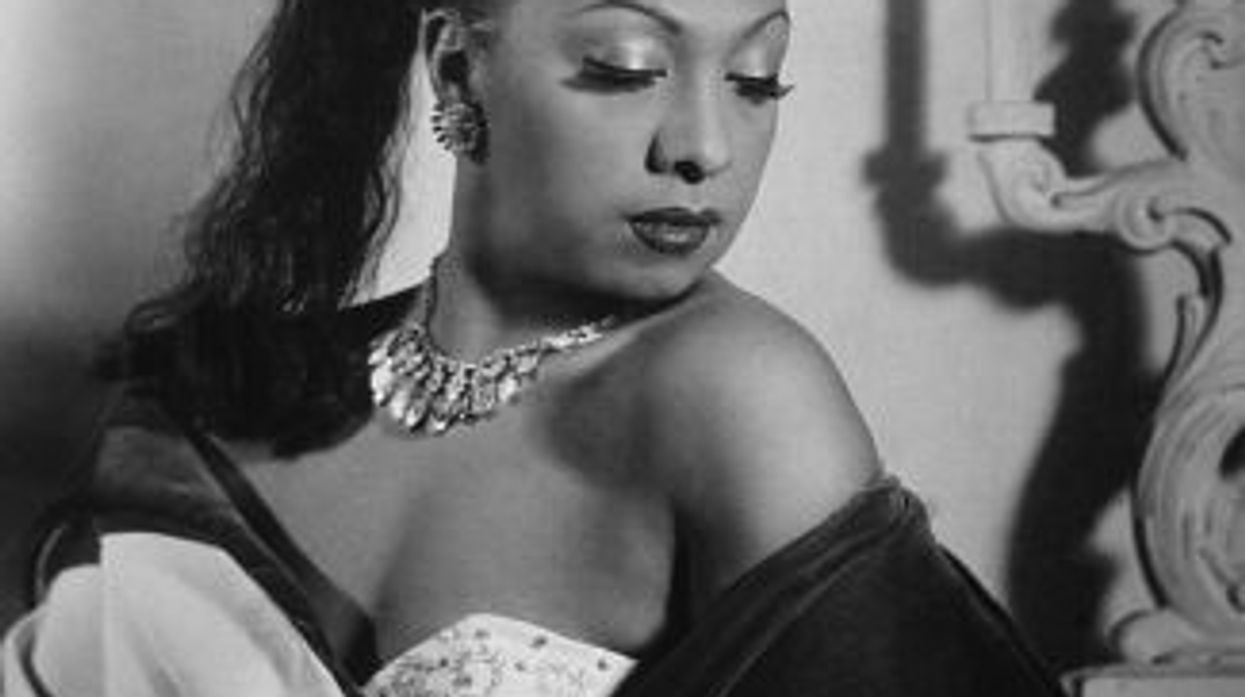



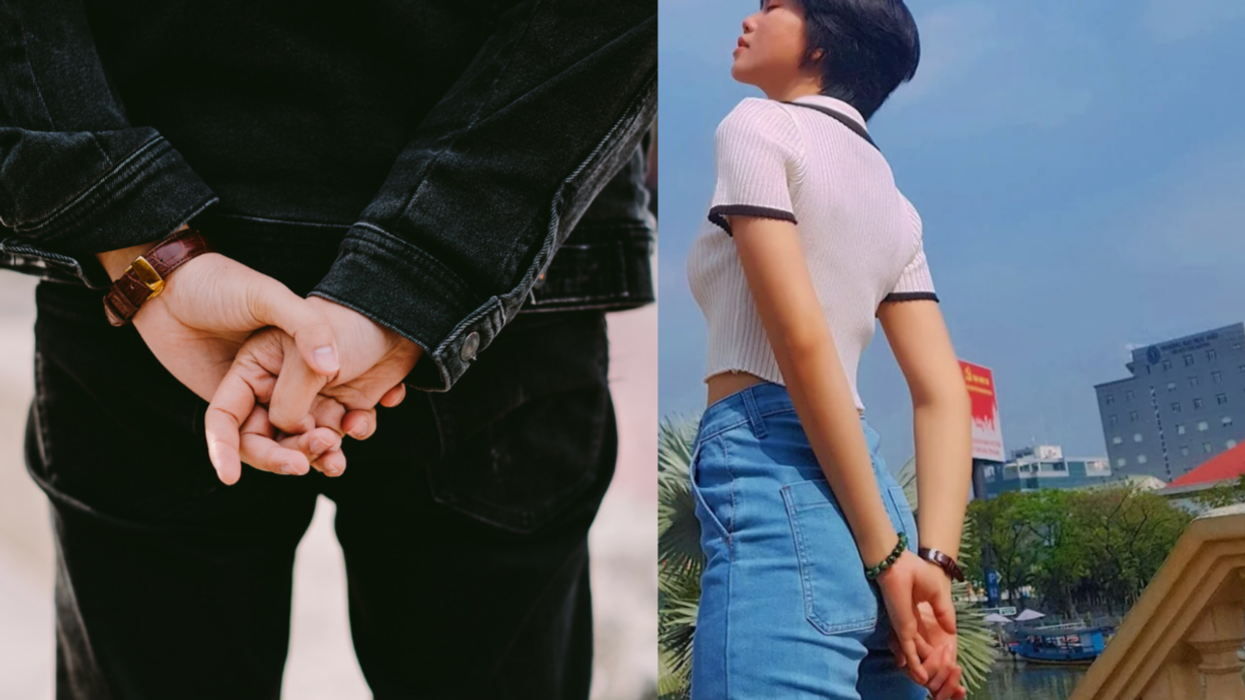


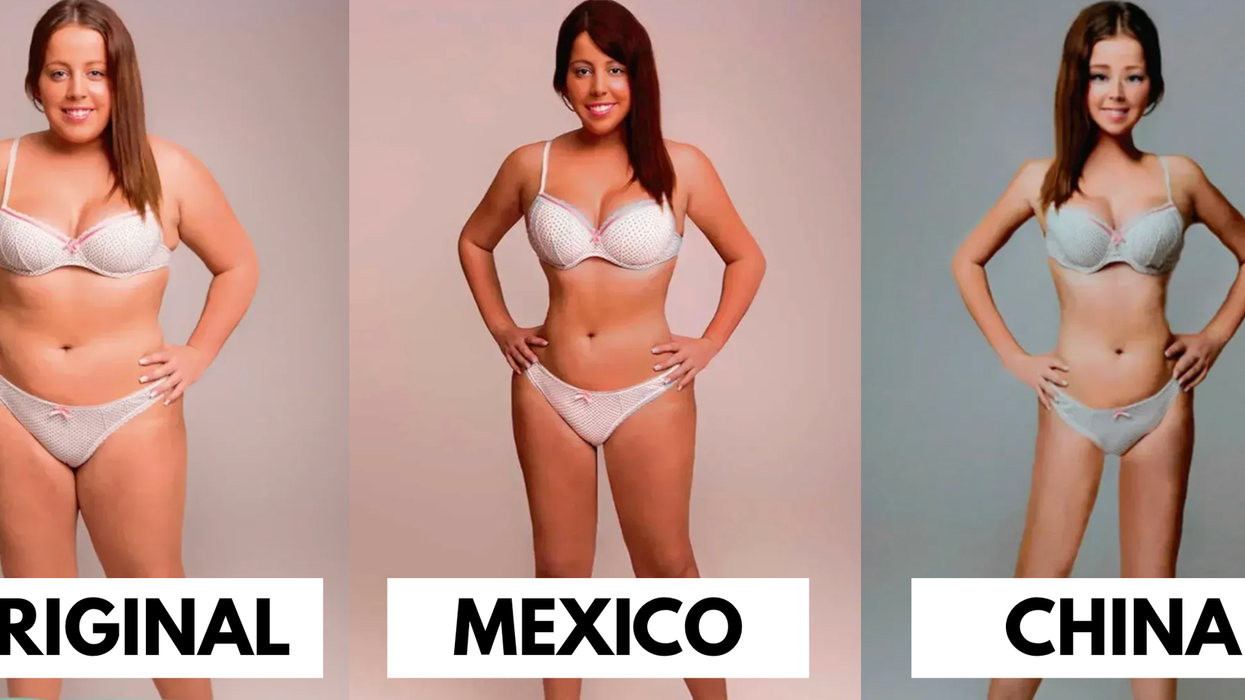

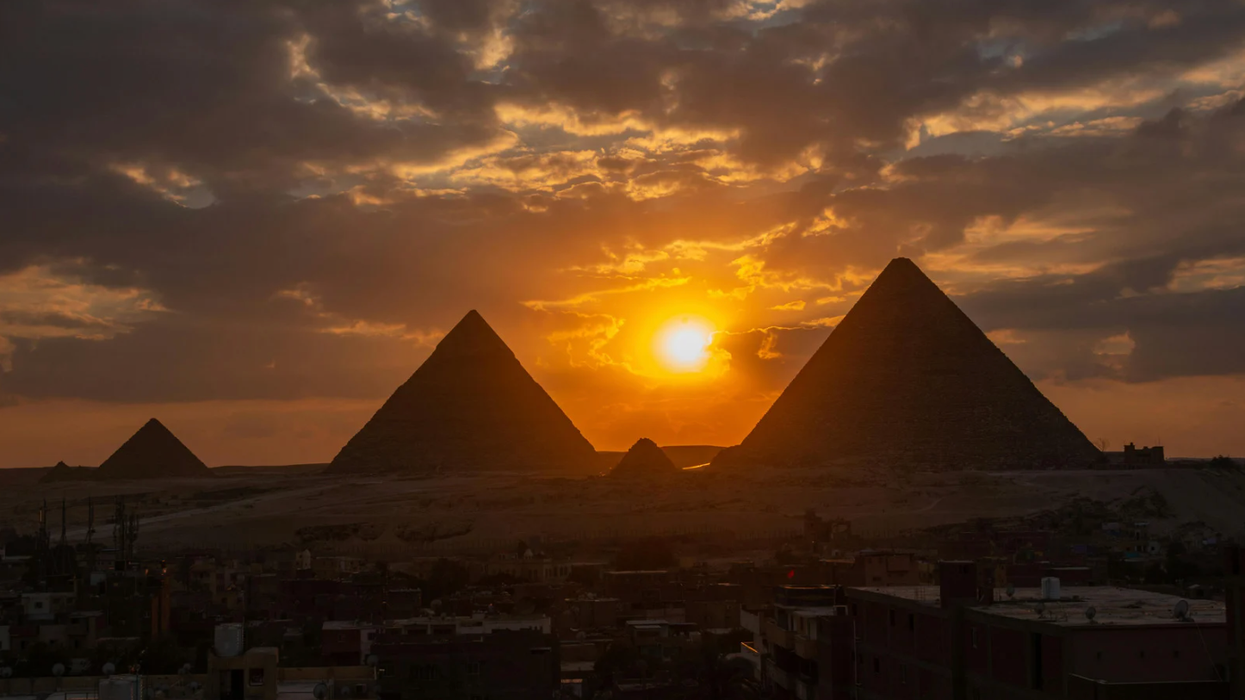
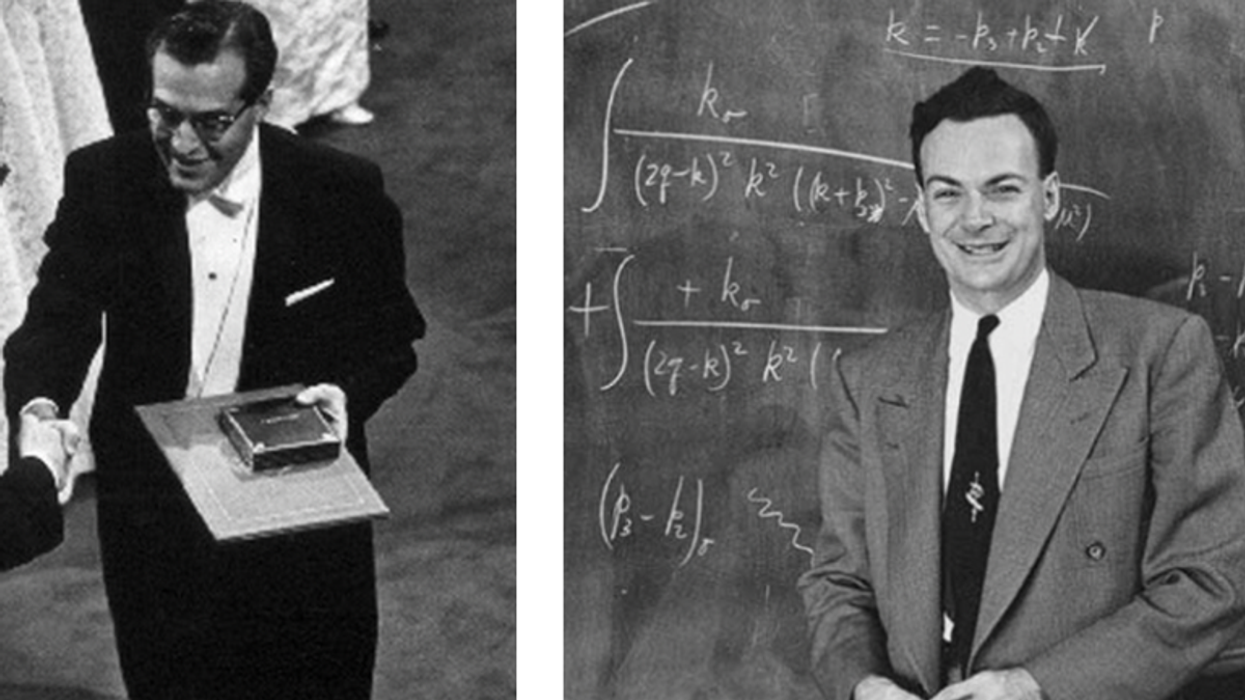
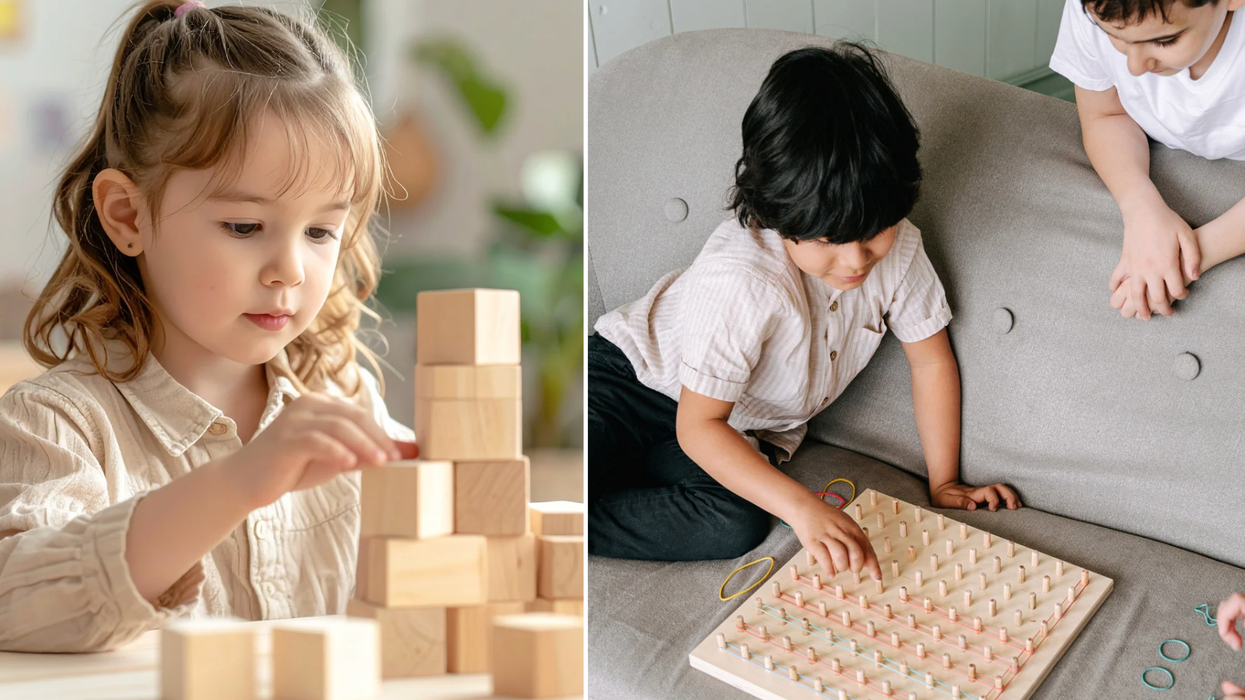
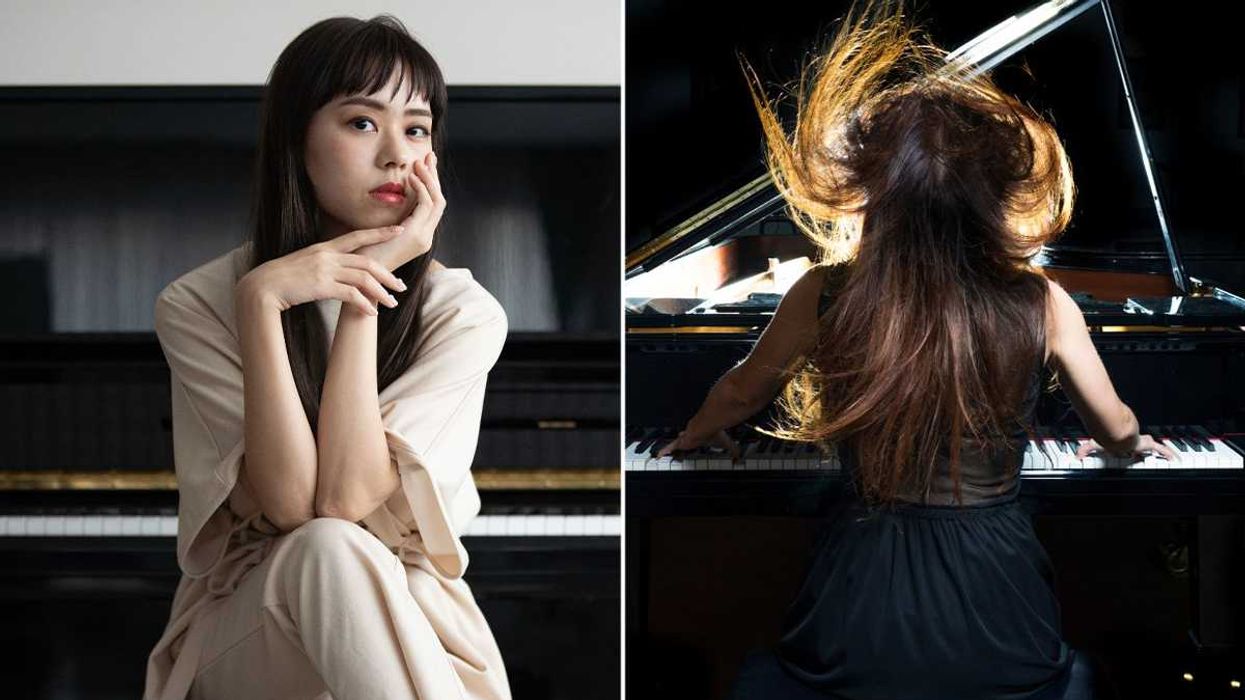
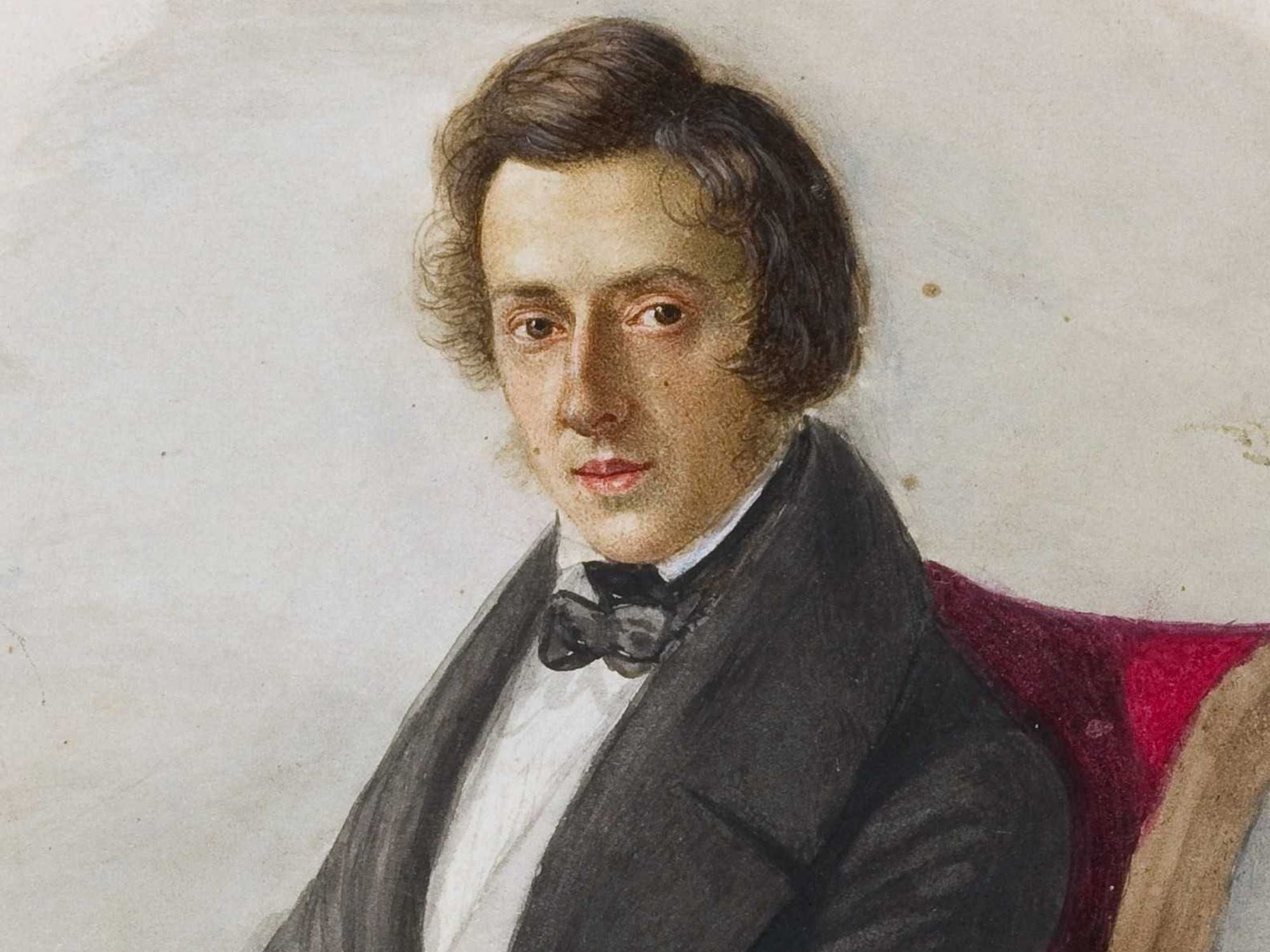 Portrait of Fryderyk Chopin.Maria Wodzińska/
Portrait of Fryderyk Chopin.Maria Wodzińska/ 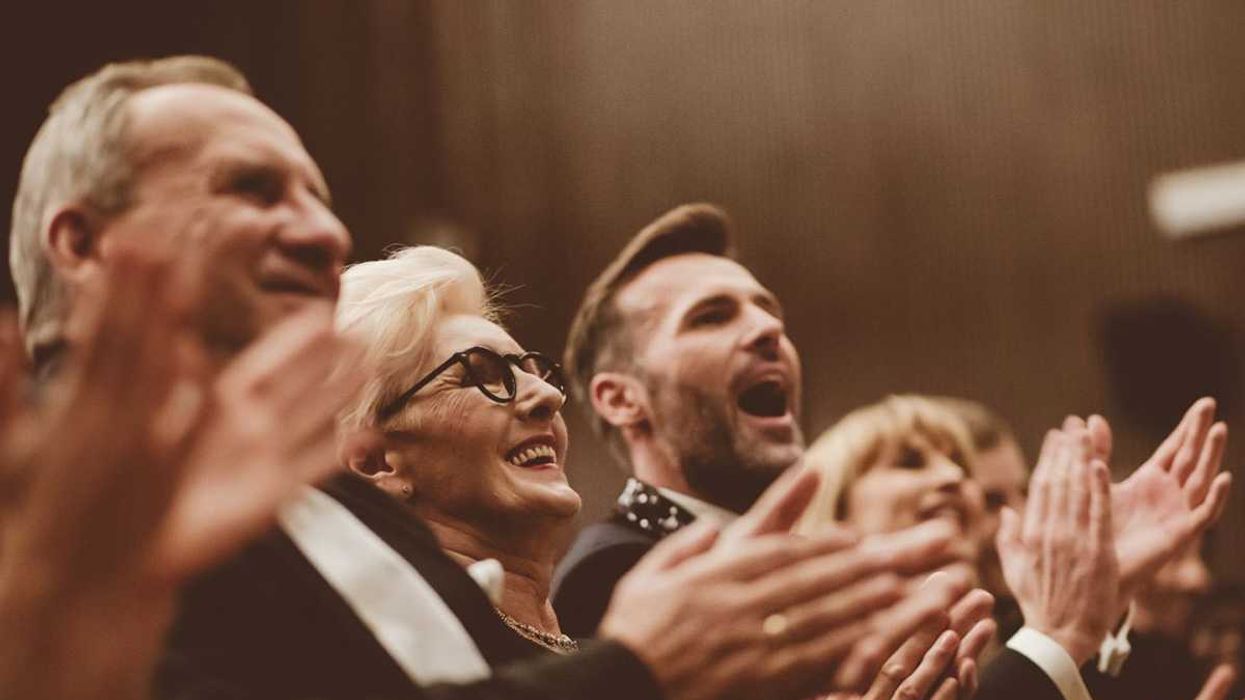 A standing ovation.Photo credit
A standing ovation.Photo credit 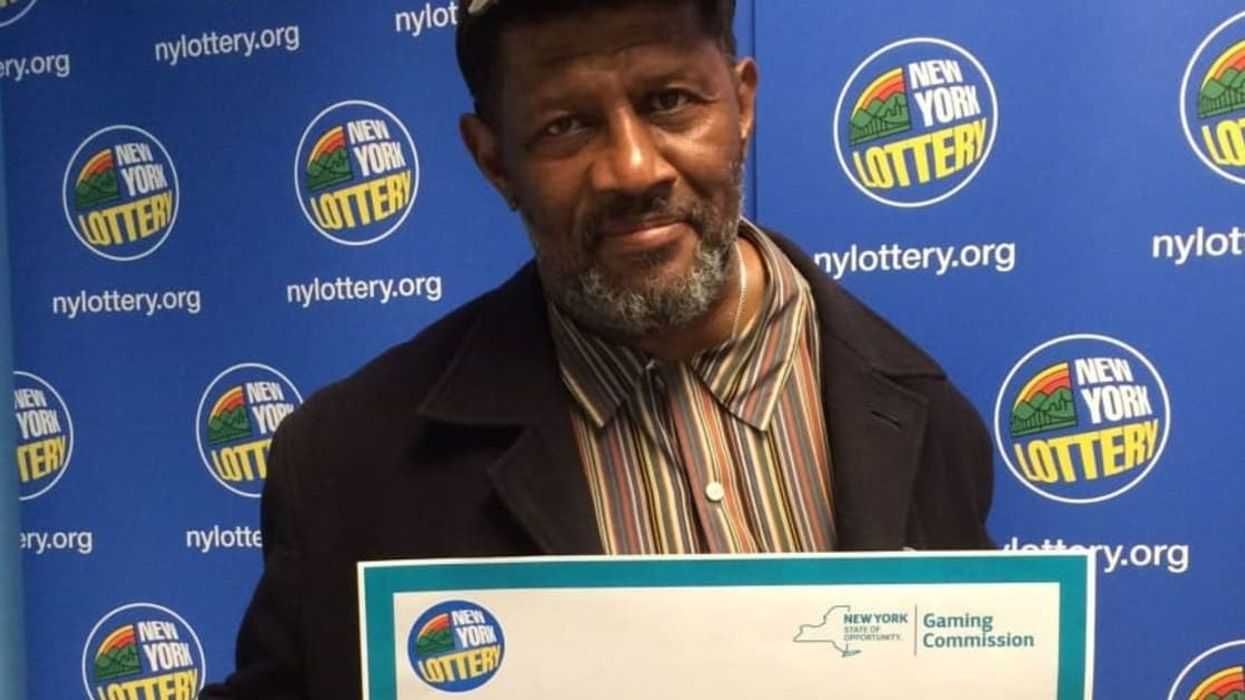
 A hand holds multiple lottery ticketsCanva
A hand holds multiple lottery ticketsCanva Hundred dollar bills spread outCanva
Hundred dollar bills spread outCanva
 Some intense thinking.Photo credit:
Some intense thinking.Photo credit:  People support a distressed woman.Photo credit:
People support a distressed woman.Photo credit:  Smart guy with an idea.Photo credit:
Smart guy with an idea.Photo credit: 
 A subterranean waterfallCanva
A subterranean waterfallCanva
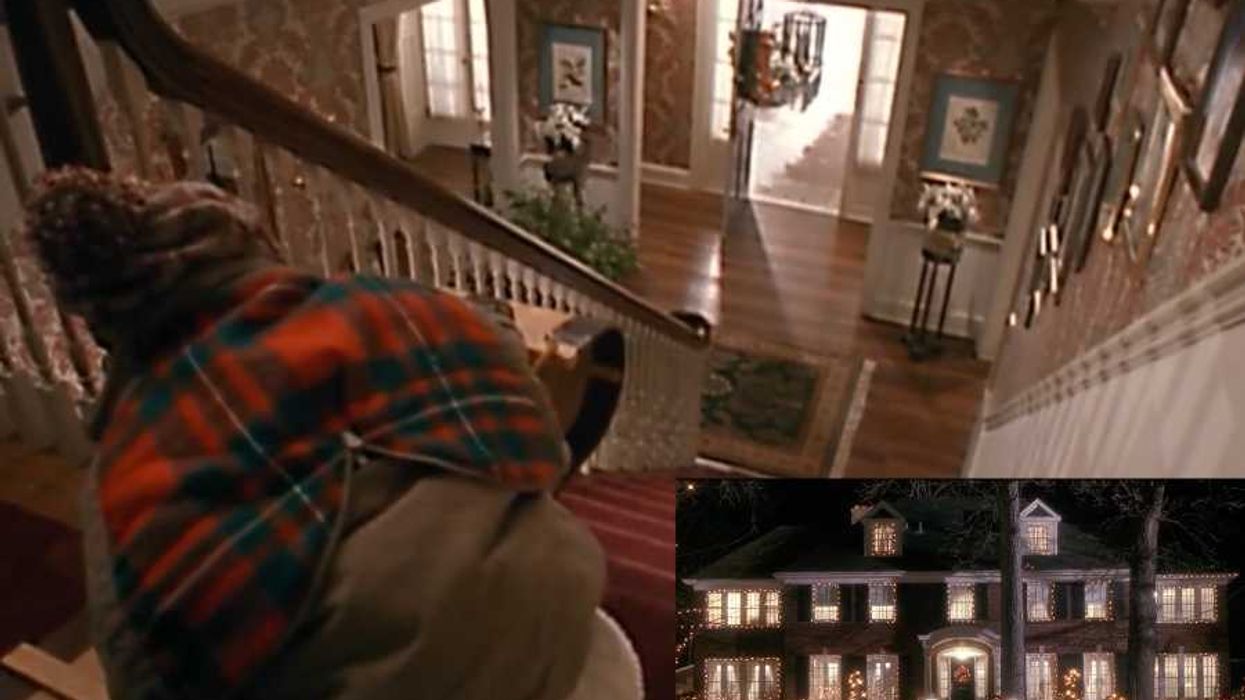

 The Emergency Department.Photo credit:
The Emergency Department.Photo credit:  Little girl with a splinter.Photo credit:
Little girl with a splinter.Photo credit: 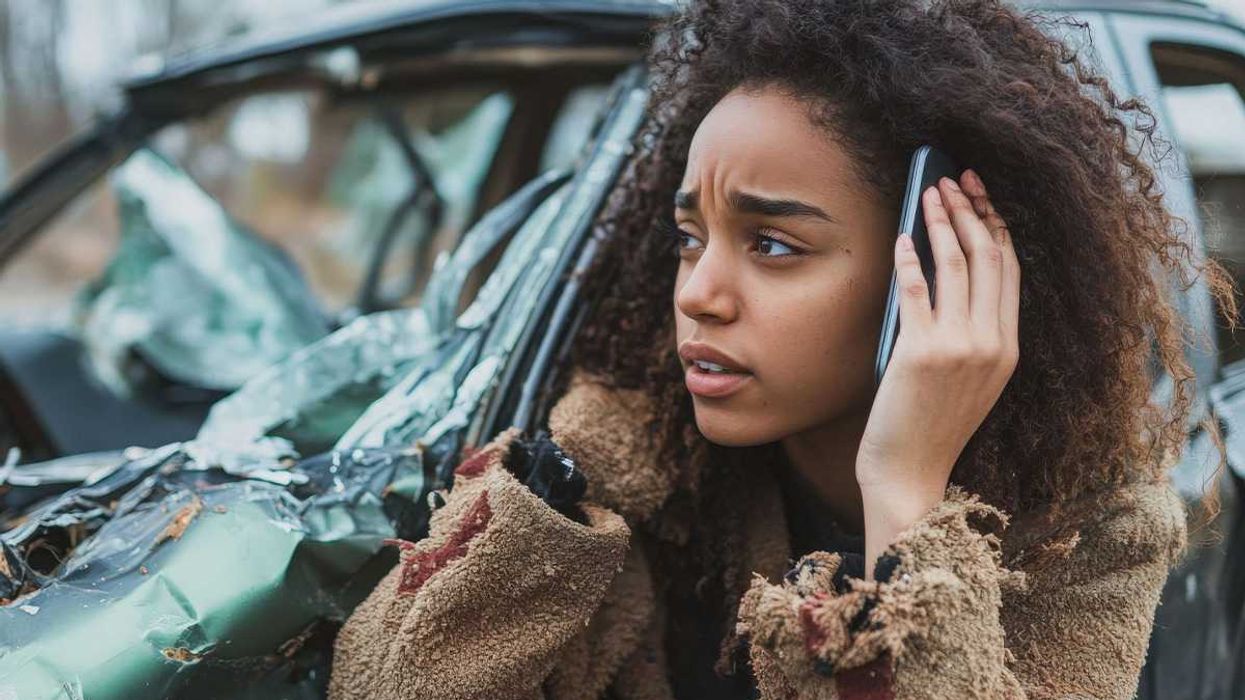 Woman on phone after car accident.Photo credit:
Woman on phone after car accident.Photo credit: 
 A hotel clerk greets a guestCanva
A hotel clerk greets a guestCanva Gif of Faye Dunaway' as Joan Crawford demanding respect via
Gif of Faye Dunaway' as Joan Crawford demanding respect via  An empty rooftopCanva
An empty rooftopCanva